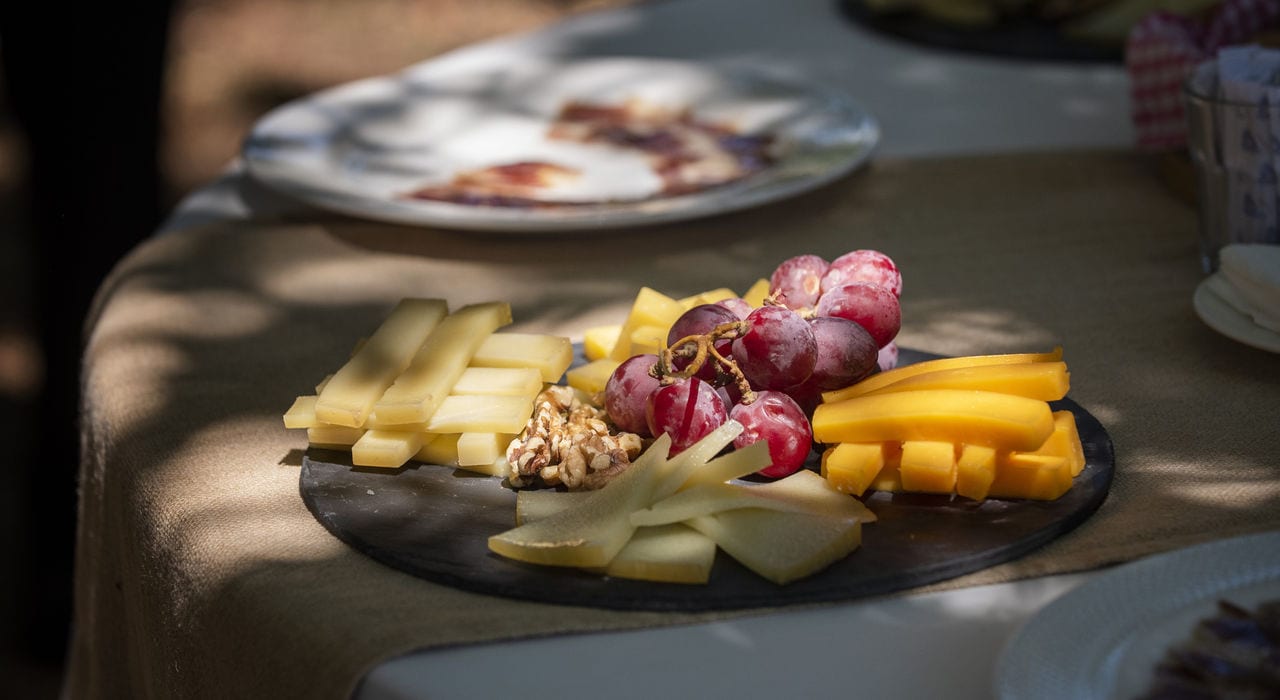
-
English
- EMEA, Americas & APAC
- China
- Latin America
Cheesemakers are keen to combat food waste and create cleaner labels. Innovative membrane technology developed by DSM addresses both challenges. It could cut cheese waste – and is totally preservative-free.
I learned a new word recently. Turophile. A lover of cheese.
I’m a turophile. And you probably are too. According to research, in 2020, 86% of us are planning to eat more cheese – or at least the same quantity – than we were eating 12 months ago1.
So what are today’s consumers looking for in a cheese? Taste and texture, for sure. But also clean label and a natural appeal. Cheesemakers are aware that they need to produce their goods in line with these consumer preferences. At the same time, they need to overcome some complex and demanding sustainability challenges. Here’s just two of them.
Due to moisture loss, and due to removing both the cheese rind and cheese spoilage caused by mold, Gouda and Parmesan manufacturers are losing a part of their annual production. This makes no economic sense and conveys a poor image to increasingly green-thinking consumers.
The clean label movement is trending. Consumers are proactively looking for products with a more natural appeal and short, easily recognizable ingredients lists. For example, 72% of consumers will buy more ingredients coming from a natural origin1. Fewer additives or preservatives is seen as one of the most expected changes in cheese in the coming three to five years1.
This is the key question. How can cheesemakers combat food waste and create cleaner labels – without compromising on taste or the consumer experience? At DSM we have come up with an innovative cheese ripening technology to help cheesemakers solve this thorny challenge. It’s called Pack-Age®.
Pack-Age® is a membrane technology that enables cheesemakers to pack and age cheese naturally, effectively and efficiently, without affecting quality, taste or texture. At its heart is a uniquely breathable, moisture-permeable membrane. This membrane helps to prevent mold growth during cheese ripening and reduces the wasteful crust removal process.
Research suggests that if all Gouda and Parmesan cheeses globally were ripened using Pack-Age®, 200,000 tons less cheese would be lost every year. This would reduce milk use by 3.55 billion liters and CO2 emissions by 6.2 million tons annually2.
And thanks to its more controlled method of moisture evaporation, it could increase yield by up to 3%. I don’t want to overdo the stats, but one more is helpful to convey the importance of this innovation. The mature cheese industry could increase profit by 200 million euros each year.
What’s more, Pack-Age® is a totally preservative-free solution. So it also meets the clean label standards expected by today’s discerning consumers.
Do you want to know how DSM can guide and support you with the smooth implementation of Pack-Age® as a natural ripening solution in your cheese processes? Just drop me a line and I’ll be happy to help.
Our experts are always ready to help you
31 March 2020